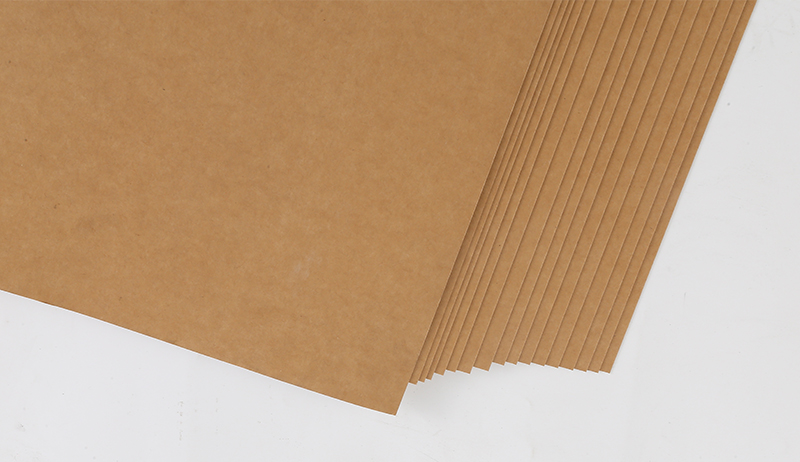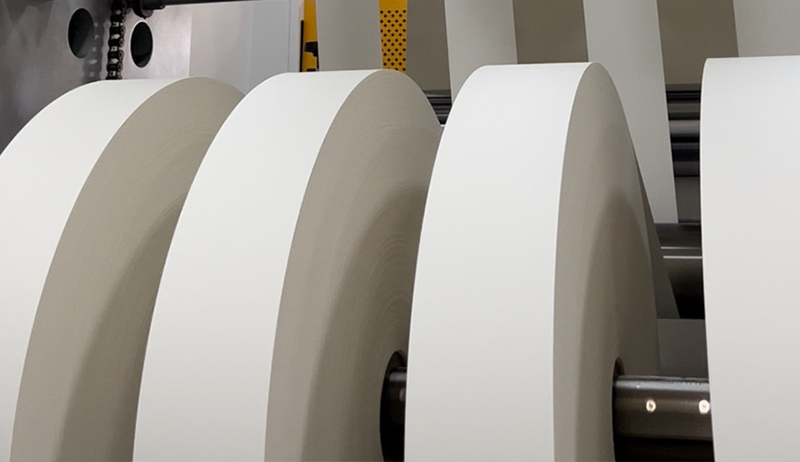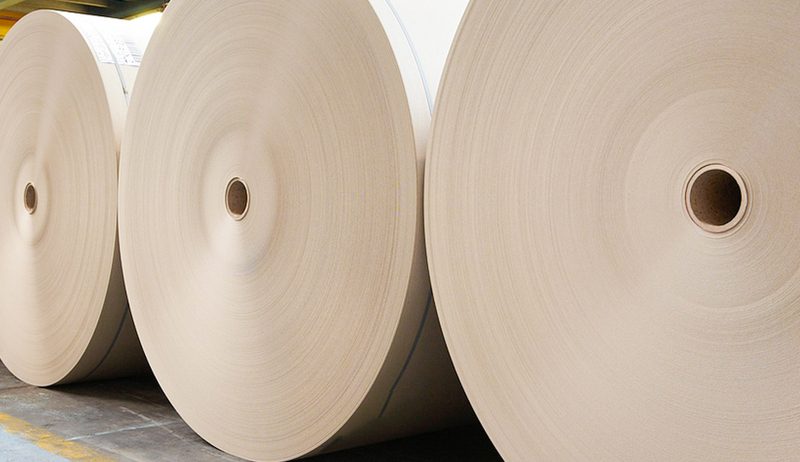Author: Admin
Date: May 09, 2024
How to properly store brown kraft paper to maintain its quality?
Brown kraft paper, as a common packaging and printing material, is widely used in various industries because of its toughness, durability, environmental protection and recyclability. However, to maintain its high-quality properties, proper storage is essential.
1. Selection of storage environment
The storage environment of brown kraft paper must meet certain conditions. Specifically, a cool, dry, and well-ventilated warehouse should be selected as a storage location. The warehouse should maintain constant temperature and humidity and avoid direct sunlight and moisture. The temperature is controlled between 20°C and 30°C, and the humidity is controlled between 60% and 65% to ensure the stability and quality of the paper.
2. Storage device configuration
The shelves should have strong load-bearing capacity to cope with the stacking of large amounts of paper. According to the weight and stacking height of the paper, select the appropriate shelf material and structure to ensure that the shelf will not be deformed or damaged when fully loaded. Shelves should have good stability and be able to resist impact and vibration from external forces. Ensure that the shelves will not collapse or shift during operations such as handling and stacking. Choose the appropriate shelf size based on the size of the warehouse and the specifications of the paper. The height, width and depth of the shelves should be able to accommodate the stacking of paper and leave a certain amount of space for easy operation. In order to avoid direct contact between paper and the ground, moisture-proof mats or wooden boards should be laid at the bottom of the shelves. The moisture-proof mat or wooden board should have good moisture-proof properties and can effectively isolate the impact of ground moisture on the paper. Choose materials with good moisture-proof properties to ensure that the paper does not get damp during storage. The moisture-proof mat or board should be flat and without ridges to ensure that the paper stays flat when stacked. Uneven floors can cause the paper to deform or wrinkle, affecting the quality of the paper.
3. Implementation of storage methods
Packaging and Stacking: Brown kraft paper should be properly packed before storage. Packaging materials should be waterproof, moisture-proof, and dust-proof to ensure that the paper is not affected by the external environment during storage. When stacking papers, be careful to keep them flat and neat and avoid folding or squeezing. At the same time, the stacking height should be moderate to avoid excessive pressure and deformation of the paper.
Protective measures: Necessary protective measures should be taken during storage. First of all, you should regularly check whether the doors and windows of the warehouse are intact to prevent the intrusion of outside air, dust and pests. Secondly, during the rainy and humid seasons, ventilation and moisture-proof measures should be strengthened to prevent the paper from getting damp due to excessive humidity in the warehouse. In addition, during the rainy season and high temperature season, special attention should be paid to observing changes in the paper, and possible problems should be discovered and dealt with in a timely manner.
Fire safety: Since paper is flammable, warehouses storing brown kraft paper should have good fire protection measures. Warehouses should be equipped with fire extinguishers and other fire-fighting equipment, and fire drills and training should be conducted regularly. At the same time, smoking and the use of flammable items such as open flames should be strictly prohibited in the warehouse to ensure safe storage.
4. Strengthening of storage management
In order to ensure the storage quality of brown kraft paper, storage management needs to be strengthened. Specifically, a complete storage management system and process should be established to clarify various storage requirements and measures. At the same time, warehouses should be inspected and maintained regularly to ensure the integrity of storage equipment and the stability of the storage environment. In addition, a paper quality monitoring mechanism should be established to regularly inspect the quality of stored paper to ensure that the quality of the paper meets the requirements.

1. Selection of storage environment
The storage environment of brown kraft paper must meet certain conditions. Specifically, a cool, dry, and well-ventilated warehouse should be selected as a storage location. The warehouse should maintain constant temperature and humidity and avoid direct sunlight and moisture. The temperature is controlled between 20°C and 30°C, and the humidity is controlled between 60% and 65% to ensure the stability and quality of the paper.
2. Storage device configuration
The shelves should have strong load-bearing capacity to cope with the stacking of large amounts of paper. According to the weight and stacking height of the paper, select the appropriate shelf material and structure to ensure that the shelf will not be deformed or damaged when fully loaded. Shelves should have good stability and be able to resist impact and vibration from external forces. Ensure that the shelves will not collapse or shift during operations such as handling and stacking. Choose the appropriate shelf size based on the size of the warehouse and the specifications of the paper. The height, width and depth of the shelves should be able to accommodate the stacking of paper and leave a certain amount of space for easy operation. In order to avoid direct contact between paper and the ground, moisture-proof mats or wooden boards should be laid at the bottom of the shelves. The moisture-proof mat or wooden board should have good moisture-proof properties and can effectively isolate the impact of ground moisture on the paper. Choose materials with good moisture-proof properties to ensure that the paper does not get damp during storage. The moisture-proof mat or board should be flat and without ridges to ensure that the paper stays flat when stacked. Uneven floors can cause the paper to deform or wrinkle, affecting the quality of the paper.
3. Implementation of storage methods
Packaging and Stacking: Brown kraft paper should be properly packed before storage. Packaging materials should be waterproof, moisture-proof, and dust-proof to ensure that the paper is not affected by the external environment during storage. When stacking papers, be careful to keep them flat and neat and avoid folding or squeezing. At the same time, the stacking height should be moderate to avoid excessive pressure and deformation of the paper.
Protective measures: Necessary protective measures should be taken during storage. First of all, you should regularly check whether the doors and windows of the warehouse are intact to prevent the intrusion of outside air, dust and pests. Secondly, during the rainy and humid seasons, ventilation and moisture-proof measures should be strengthened to prevent the paper from getting damp due to excessive humidity in the warehouse. In addition, during the rainy season and high temperature season, special attention should be paid to observing changes in the paper, and possible problems should be discovered and dealt with in a timely manner.
Fire safety: Since paper is flammable, warehouses storing brown kraft paper should have good fire protection measures. Warehouses should be equipped with fire extinguishers and other fire-fighting equipment, and fire drills and training should be conducted regularly. At the same time, smoking and the use of flammable items such as open flames should be strictly prohibited in the warehouse to ensure safe storage.
4. Strengthening of storage management
In order to ensure the storage quality of brown kraft paper, storage management needs to be strengthened. Specifically, a complete storage management system and process should be established to clarify various storage requirements and measures. At the same time, warehouses should be inspected and maintained regularly to ensure the integrity of storage equipment and the stability of the storage environment. In addition, a paper quality monitoring mechanism should be established to regularly inspect the quality of stored paper to ensure that the quality of the paper meets the requirements.

Contact Us
Leave A Comment
Our Mould


 English
English Español
Español











